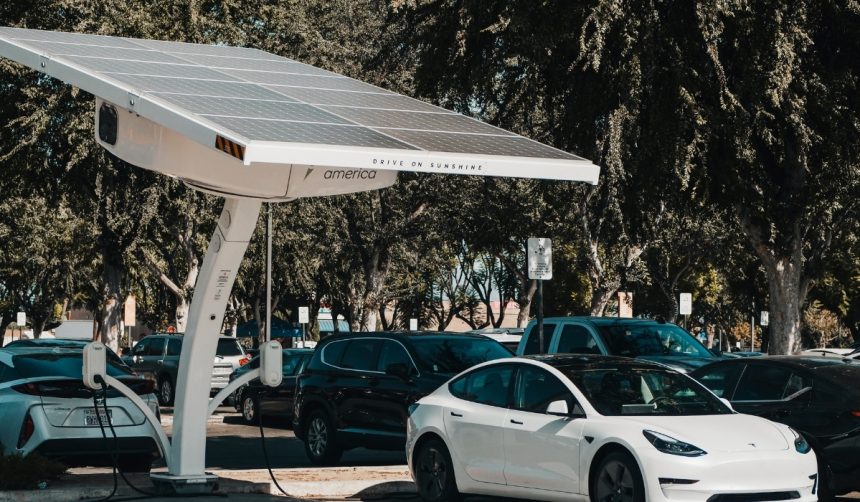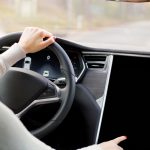Tesla continues to draw significant attention from investors and analysts as its strategic direction shifts further into artificial intelligence, robotics, and autonomous technology. Once recognized primarily for its electric vehicles, the company’s emphasis now ranges from its Full Self-Driving (FSD) software to the Optimus humanoid robot, and expansion into the Robotaxi sector. These developments spark debates over Tesla’s evolving identity and valuation, leading market watchers to assess if the company can bridge the gap between current capabilities and its projected future dominance. While some investors remain cautious, others see these advancements as strong incentives for long-term investment, signaling a new era for Tesla.
Earlier reporting focused mostly on Tesla’s advancements in electric vehicles, energy solutions, and modest AI applications, with market valuation tied closely to automotive growth and delivery targets. Analysis often centered on battery technology improvements and vehicle production expansion. Recent coverage now highlights Tesla’s more pronounced pivot toward high-reward projects in software-driven autonomy and robotics, and the corresponding expectations for stock performance are noticeably higher, diverging from previous conservative financial outlooks. The optimism around automation and AI has brought heightened volatility to Tesla stock discussions.
Will Autonomous Driving and Robotaxi Define Tesla’s Path?
Expectations for Full Self-Driving and the upcoming dedicated Robotaxi service have become key influences on Tesla’s projected valuation. Investment figures suggested by analysts such as Cathie Wood of ARK Invest, who sees Tesla shares eventually reaching $2,600, largely rest on the success of these initiatives. Her projections exclude contributions from the Optimus robot, highlighting the weight placed solely on autonomy and transportation services.
How Does AI Integration Impact Investor Sentiment?
Recent investor discussions online reflect growing belief that Tesla’s new technological direction could yield substantial returns, should the company execute its strategies effectively. Elon Musk responded to these sentiments, stating:
I think this is probably correct
in reaction to a user’s post suggesting significant wealth creation from investing in Tesla stock now. Such interactions echo Musk’s own optimism regarding the company’s future, strengthening investor confidence even as the business confronts execution risks.
Can Tesla Maintain Its Market Leadership in a Shifting Industry?
Maintaining industry leadership as the automotive landscape rapidly shifts into AI-driven domains poses both risks and opportunities for Tesla. Elon Musk reinforced this during an earnings call:
I do think if Tesla continues to execute well with vehicle autonomy and humanoid robot autonomy, it will be the most valuable company in the world. A lot of execution between here and there. It doesn’t just happen.
At present, Tesla stock trades at $316.50, positioning its market cap just under $1 trillion, a snapshot that highlights investor anticipation surrounding its strategic bets in emerging technologies.
Tesla’s move to prioritize AI, autonomy, and robotics introduces fresh opportunities along with operational challenges. Investors and stakeholders should track not only headline advancements but also the company’s incremental progress and execution against ambitious roadmaps. The optimism from market figures and the CEO’s bold projections create high expectations, but the realization of these forecasts will rely on tangible outcomes in autonomy and robotics rather than promotional optimism alone. Monitoring regulatory conditions, competition, and the pace of technology adoption will be essential for anyone considering exposure to companies with aggressive technological pivots like Tesla.










